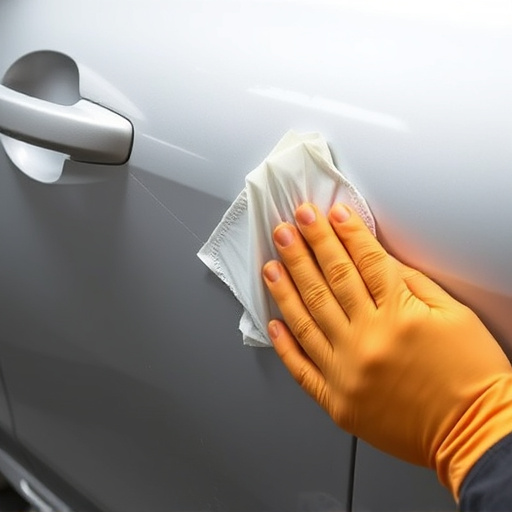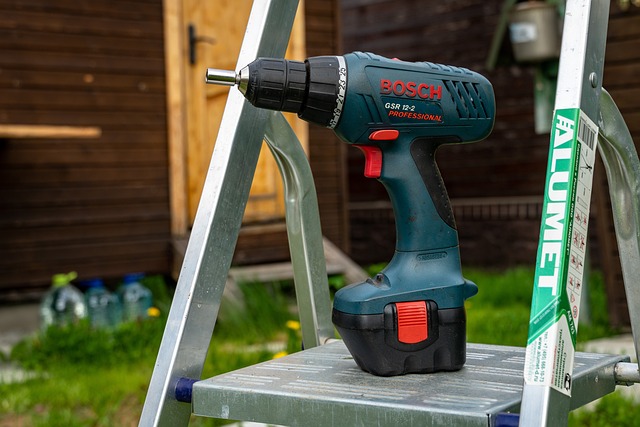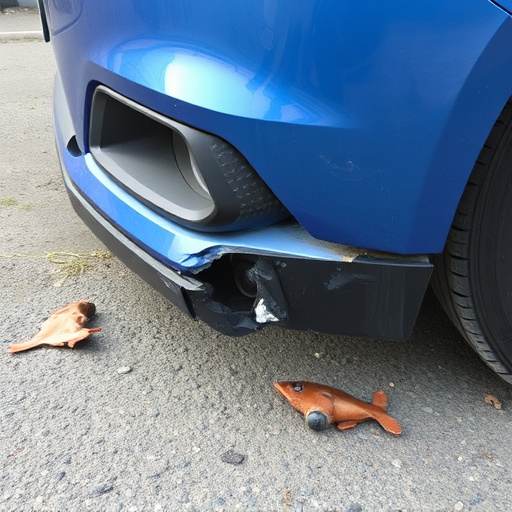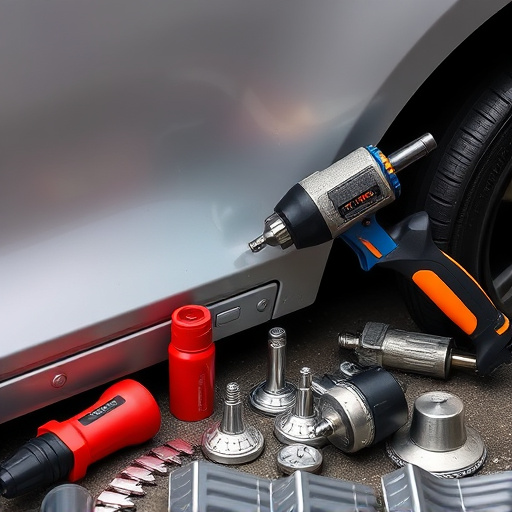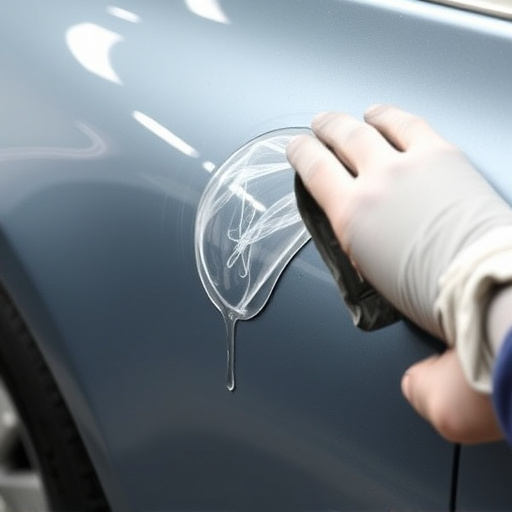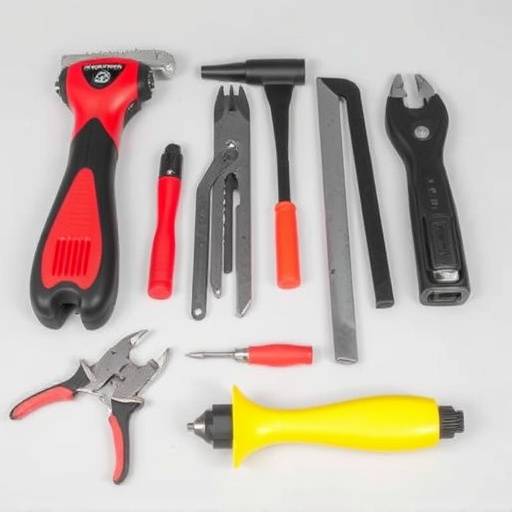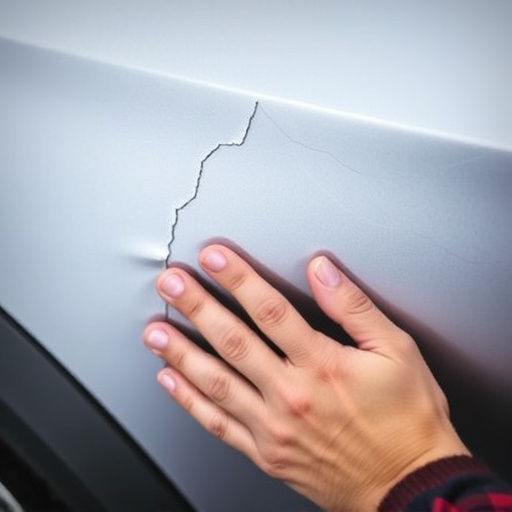Post-accident frame analysis uses 3D scanning and advanced tools to detect hidden vehicle damage beyond visual inspections. This meticulous process ensures accurate repair scope from simple dent removal to complex collision repair, enhancing vehicle safety and restoration to pre-collision condition. Data informs improved vehicle design and safety standards.
Unravel the complexities of post-accident frame analysis—a critical process that experts use to dissect and understand incident scenarios. This comprehensive guide offers a clear, step-by-step breakdown of the methodology. From defining key elements to extracting valuable insights, we explore how this technique enhances safety measures and prevents future accidents. By understanding post-accident frame analysis, professionals can navigate the aftermath of incidents with greater clarity, fostering a culture of continuous improvement in safety protocols.
- Understanding Post-Accident Frame Analysis
- Steps Involved in Effective Analysis
- Benefits and Applications in Safety Measures
Understanding Post-Accident Frame Analysis
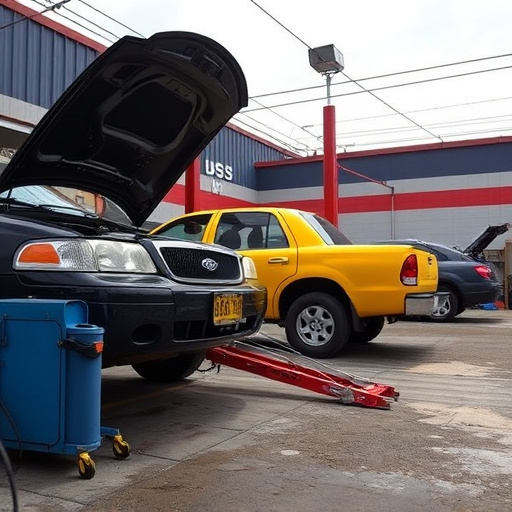
Post-accident frame analysis is a meticulous process that experts employ to thoroughly examine vehicles involved in collisions. This critical step goes beyond initial visual inspections and requires advanced tools and techniques to uncover subtle damage. By meticulously analyzing the vehicle’s structure, experts can identify hidden dents, cracks, or deformations that might not be apparent at first glance. These findings are crucial for accurate assessment of the extent of damage, which is vital in determining the scope of repairs needed, from simple car dent removal to more complex collision repair and automotive body work.
Understanding post-accident frame analysis involves recognizing its role in ensuring safety and restoring vehicles to their pre-collision condition. Experts use specialized equipment like 3D scanning technology to capture precise measurements, enabling them to diagnose even the most intricate issues. This scientific approach not only facilitates effective collision repair but also safeguards against potential risks that might arise from incomplete or incorrect assessments.
Steps Involved in Effective Analysis

The process of post-accident frame analysis is a meticulous procedure that experts employ to thoroughly examine and document the damage incurred by a vehicle following a collision. It’s not just about assessing visible scratches and dents; it delves into the structural integrity of various components, ensuring safety standards are met before offering car repair services or tire services. This analysis involves several key steps: first, the expert conducts a visual inspection, identifying any visible damage and taking detailed notes. Then, utilizing specialized equipment, they perform non-destructive tests to gauge hidden damages, such as those within frames and joints.
This methodical approach is crucial in determining the extent of repairs needed for vehicle repair services. Each component, from suspension systems to chassis, is carefully evaluated to identify any structural weaknesses or misalignments. By combining visual assessments with advanced diagnostic tools, experts can ensure that every aspect of the vehicle is accounted for, making it safer for the road and avoiding potential future issues. This thorough analysis plays a pivotal role in offering reliable and comprehensive solutions, including tire services, tailored to each unique case.
Benefits and Applications in Safety Measures
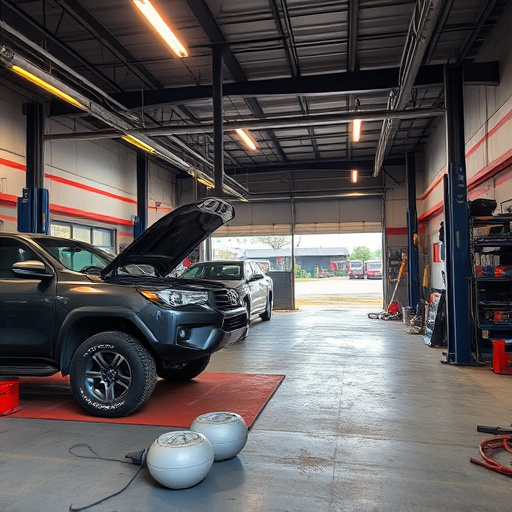
Post-accident frame analysis offers a multitude of benefits for safety measures across various industries, particularly in the automotive sector. By meticulously examining the damage and deformations caused by a collision, experts can gather critical data that aids in enhancing vehicle safety standards. This process involves advanced techniques such as computer-aided design (CAD) and 3D scanning to recreate the accident scenario, identify weak points in the vehicle’s structure, and assess the impact on passenger safety.
One of the key applications lies in improving bumper repair and car bodywork services. Through post-accident frame analysis, technicians gain insights into the severity of damage, enabling them to perform more precise repairs. This results in not just aesthetically pleasing vehicle body repair but also ensures that structural integrity is restored, enhancing overall safety during future driving conditions. Moreover, the data gathered can inform the design of new vehicles, leading to better protections and reduced injury risks for occupants.
Post-accident frame analysis is a critical process that offers valuable insights into understanding and preventing future incidents. By clearly delineating the events leading up to an accident, experts can identify root causes and implement effective safety measures. This structured approach, involving meticulous stepwise procedures, ensures that lessons learned from past mistakes are not overlooked but rather integrated into safer practices, ultimately reducing risks and enhancing overall operational safety.
